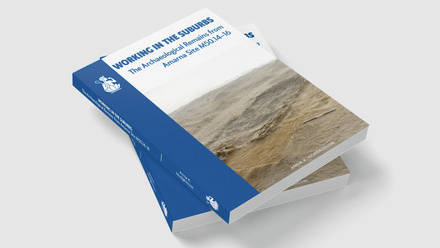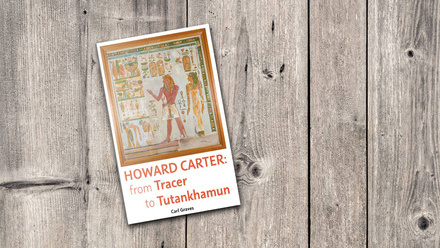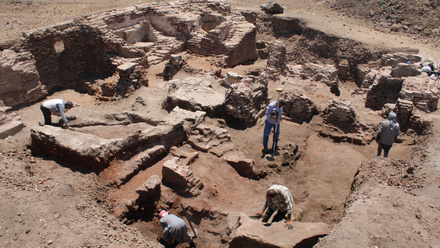The Roman Baths of Hermopolis Magna
Hermopolis Magna, present-day el-Ashmunein, is located in Upper Egypt and was a religious centre for the worship of the god Thoth during the Pharaonic period. The archaeological remains of the city currently occupy a circular area measuring 1.5 km from north to south and 1 km east to west, surrounded by three villages: el-Ashmunein to the south, Ibrahim Awad west/southwest, and el-Edara village in the north, while agricultural land extends to the east.
Previous fieldwork at the site revealed complex, multi-period settlement remains including households, monumental gateways, temples, and cemeteries. The current project focuses on investigating the layout and function of several late-Roman water management features identified at the site by K Bittel in 1959. Eight ‘baths’ were originally identified, though a survey conducted by Hesham Abdel-Kader revealed that only three now remain. The remaining examples have been lost due to the ongoing encroachment of agricultural activities in this area.
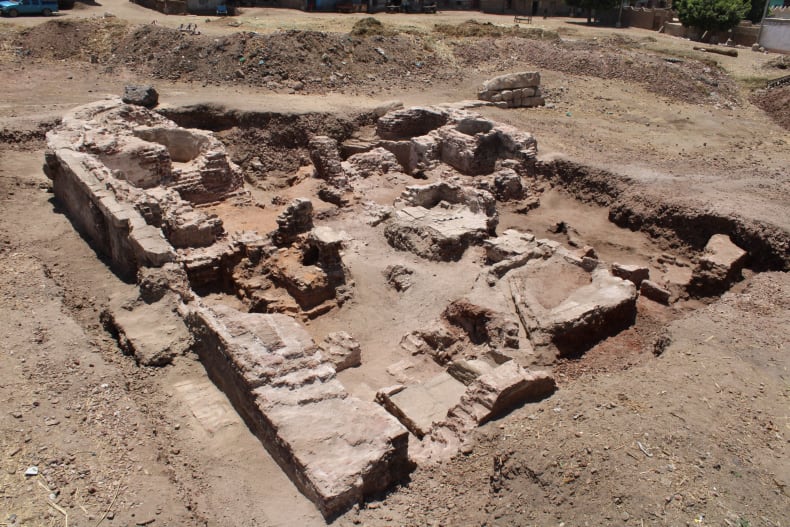
Figure 1. A general view from the northeast after the completion of work during the second season, in 2023. (© Hesham A. Abdel Kader)
Emergency funds provided by an EES Heritage at Risk Grant in 2021, allowed the excavation of a bath complex east of the el-Ashmunein cemetery between March and April 2022. This exposed the hot section of the bath in addition to new information relating to water management in late Roman Hermopolis.
The hot section was found to contain several rooms with bathtubs and limestone floors. Water was managed through a complicated sewage system while heating for the water was controlled using a well-preserved furnace and heating system. Comparable examples to the baths found so far are known in Egypt from Kom el-Dosheh in Lower Egypt and Clysma in Sinai, both of which are dated to the 4th-6th century CE.
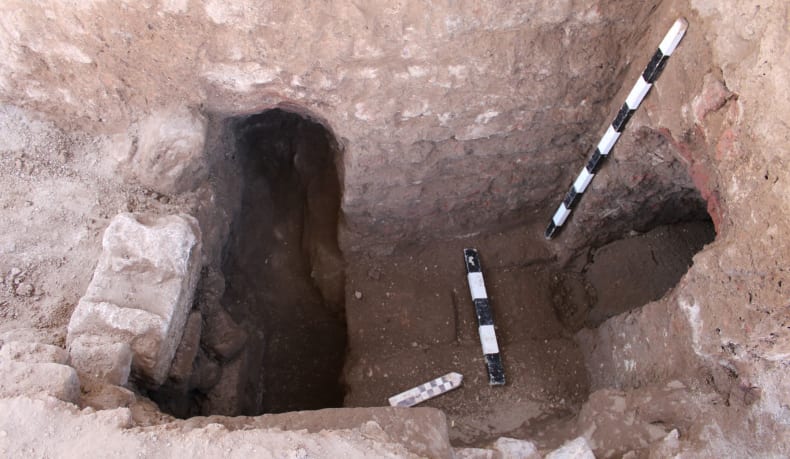
Figure 2. Eastern sewage system, The eastern facade. (© Hesham A. Abdel Kader)
Further funds provided by the EES through a Centenary Award in 2023 helped to complete these excavations uncovering the cold section and main entrance of the complex.
During a further season of excavations, the entire heating systems of the hot section was revealed, and a number of multi-furnaces were also found. Excavations were expanded in the northern area to reveal the main water tank for the bath and a square bathtub lined with limestone slabs.
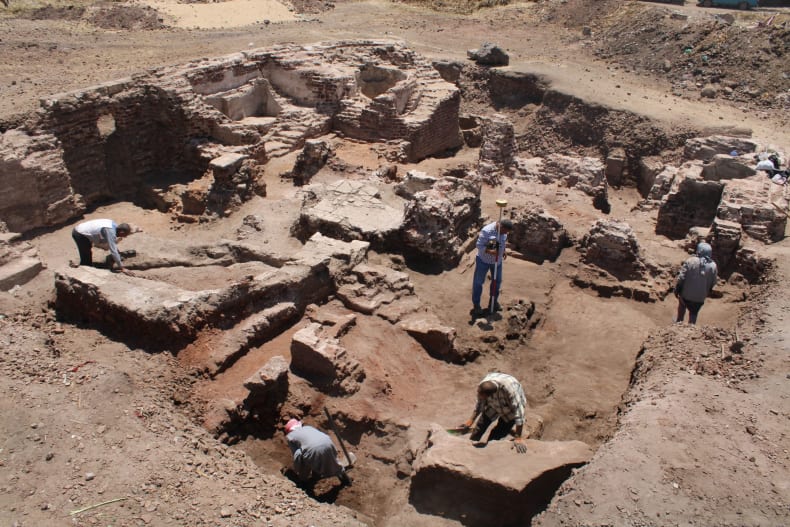
Figure 3. Surveying the architectural structure of the Roman bath at the end of the second season in 2023. (© Hesham A. Abdel Kader)
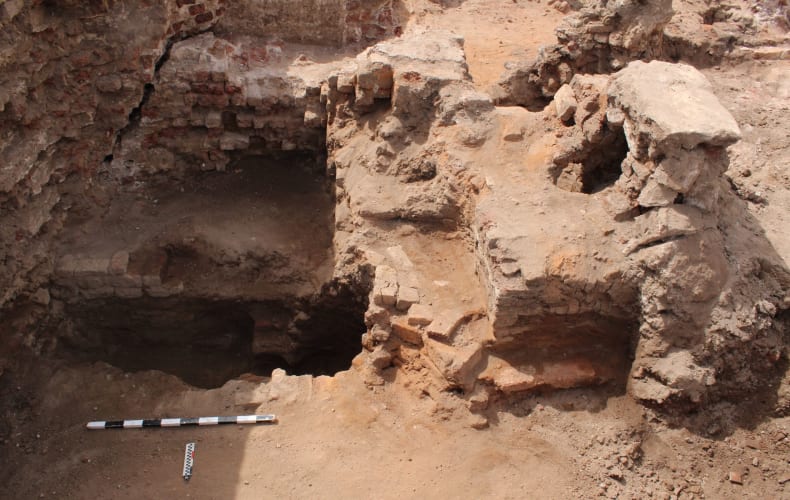
Figure 4. A furnace from the heating system in the hot section of the bath. (© Hesham A. Abdel Kader)
The outcomes of the fieldwork at this Roman bath in Hermopolis Magna will supplement an architectural plan of the water management in an important regional centre (with an estimated population of c. 30,000 people!) during the late-Roman Period in Egypt. Further reports will be made available in publications along with plans of the work.
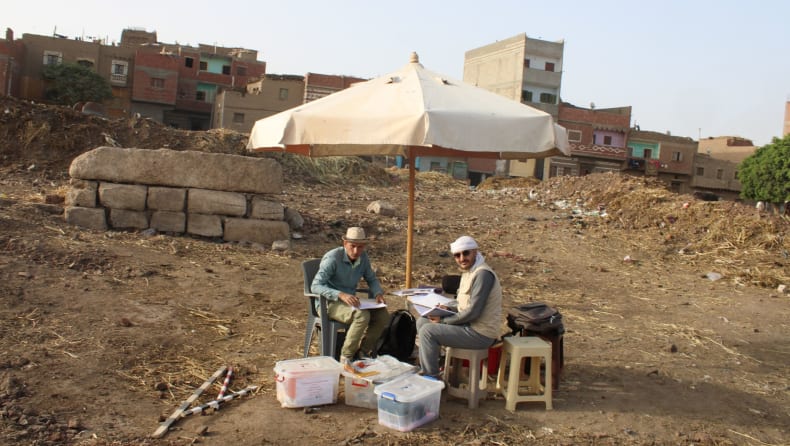
Figure 5. Completing documentation on site during the work (R-L: Hesham A. Abdel Kader & Mahmoud I. Abdel Samie).
Further reading
Abdel-Kader,H. 2023. ‘Excavation of a Roman Public Bath at Hermopolis Magna’, Egyptian Archaeology 61, 40-44.

